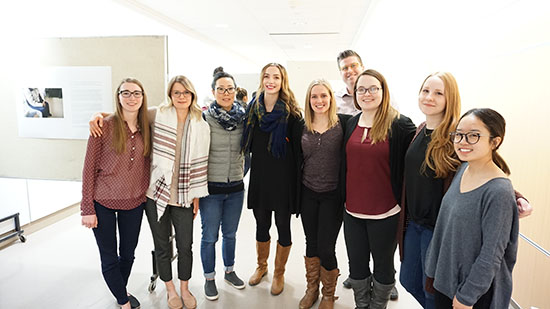
They say pictures are worth a thousand words. The concept of using pictures to tell a story has spanned much of human history. That is why assistant professor Minn Yoon at the School of Dentistry was excited to pilot a project that utilized visual narrative-based reflections.
Photovoice was initially designed as a qualitative research method that engaged people living in the community to capture their lived realities. The photographs can act as tools to foster critical discussions poignant to the community to create a platform for advocacy and change. In the dental hygiene pilot project, the photovoice method was adapted for student reflection. The reflections engaged dental students, who were interacting with different populations in their community practicums, to capture and reflect on health equity and healthcare needs of various populations.
"It gives them a tool to foster person-centered care by understanding more deeply the person and their environment including their community," says Brad Necyk, session lecturer for Department of Art and Design who coached the dental hygiene students to understand art space.
Yoon says the students exceeded her expectations when she saw what they developed.
"I was really impressed and moved by the results-their photos and narratives were so thoughtful and rich, some of them brought me to tears," she says.
What made the reflections so powerful?
A photograph can serve as an entry point into a story. It can deepen one's understanding of the story. It can move you in ways unexpected and stimulate a visceral reaction. It can also propose a different lens to look at a situation.
When asked a dental hygiene student who participated in the pilot project what she learned from the project, she replied: "I learned that through art a person can communicate and talk about really complex things and personalize their understanding which to me, is why this particular tool is so powerful."
"It fosters emotional intelligence to help the patient and the healthcare practitioner to make better decisions together," says Necyk. "This is how it can enhance the patient experience and contribute to a different level of care altogether."